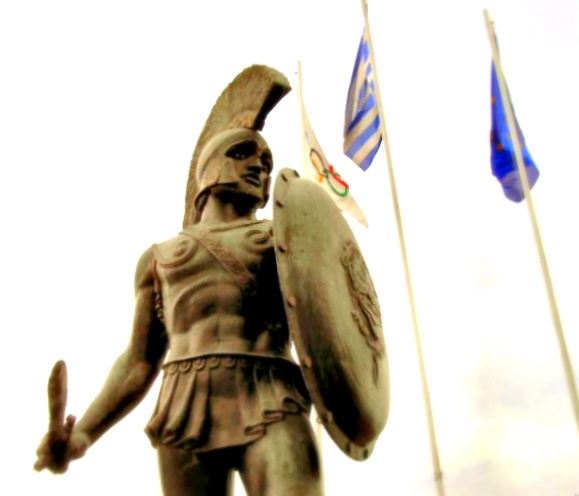King of Sparta and the leader of the three hundred Spartans who died...
The Quote: "Every man has been made by God in order to acquire...
RWho is this pre-Socratic Philosopher?
Living well or happiness, according to the Greeks, is our ultimate end...
What we like to think of as "philosophic thought" first appears in...
Most of the Greek moralists think that, if we are rational, we aim at...
In early colonial times, education was aimed at
In Sparta, older soldiers mentored younger soldiers, helped them i...
Only
...
The
name most closely associated with the common school movement is
Most Native American children are educated in public
schools.
The 1800s, Native Americans willingly sent their children
...
Helots were names of the class of tradesmen and merchants in Spartan...
__________________is credited for creating the paradox "the race...
Education
became a state responsibility through the
______________taught that all things come to be from the mixing of...
Which
...
In the latter half of the fifth century, a group called...
In
...
Benjamin
...
____________taught that Being (or Existence) must be unchanging and...
The
...
The
common school movement represented
The
...
Church missionaries created a Cherokee syllabary to
...
Zeno of Elea tried to reconcile the views of...
________________were professional teachers who, for a fee, would...
______________is often described as the first pure mathematician. He...
_____________ridiculed the anthropomorphic gods of Greece and believed...
The
“Old Deluder Satan Law” of 1647 required that
Which
...
According to the film " Spartans" this man was the creator...
__________________was the name of one of the rites of passage events...
















